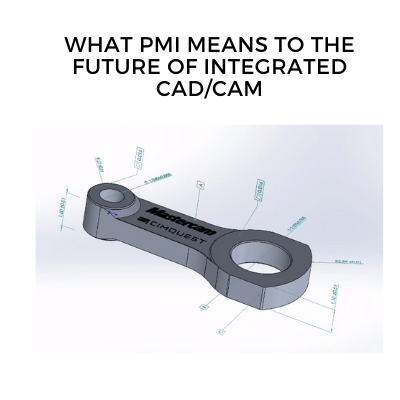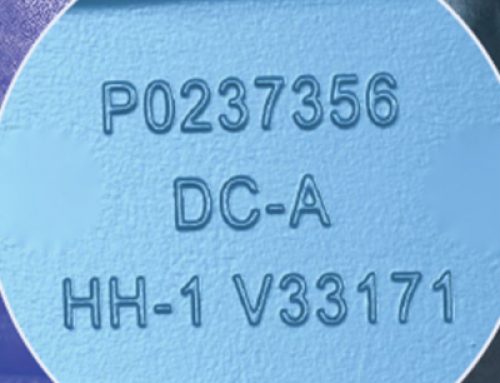
Historically a manufacturer would provide a job shop with a CAD model and an inspection drawing, increasing the likelihood for inspection drawing interpretation error. Wouldn’t it be ideal if the manufacturing and inspection data could all remain with the model throughout all post-design functions?
Looks like PMI (Product Manufacturing Information) has us finally following a path that will enable this groundbreaking technology to become a reality.
Being able to seamlessly connect all manufacturing and inspection data to CAD models, including dimensions with tolerances, GD&T, datums, notes, labels and any other pertinent information modern-day CAD product users can seamlessly convey this information to downstream applications. This helps to greatly minimize the likelihood of error while reusing the PMI data for CAM systems to automatically select optimal toolpath parameters. Additionally, FEA and inspection products can also ‘share’ this data for their respective disciplines, again promoting the reuse of original PMI CAD data for ALL downstream applications.
While many CAD, CAM, and FEA products already support PMI directly (in their native formats), some have adopted the Step 242 neutral file into their import/export parameters.
Step 242 is essentially a neutral Step file, like Step 203 or 214, but also contains the PMI associated with the CAD model, thus enabling design companies to share their engineering designs and design intent without the need to give away native CAD and expose proprietary design information.
Stay tuned for more information regarding PMI and Step 242.





Leave A Comment